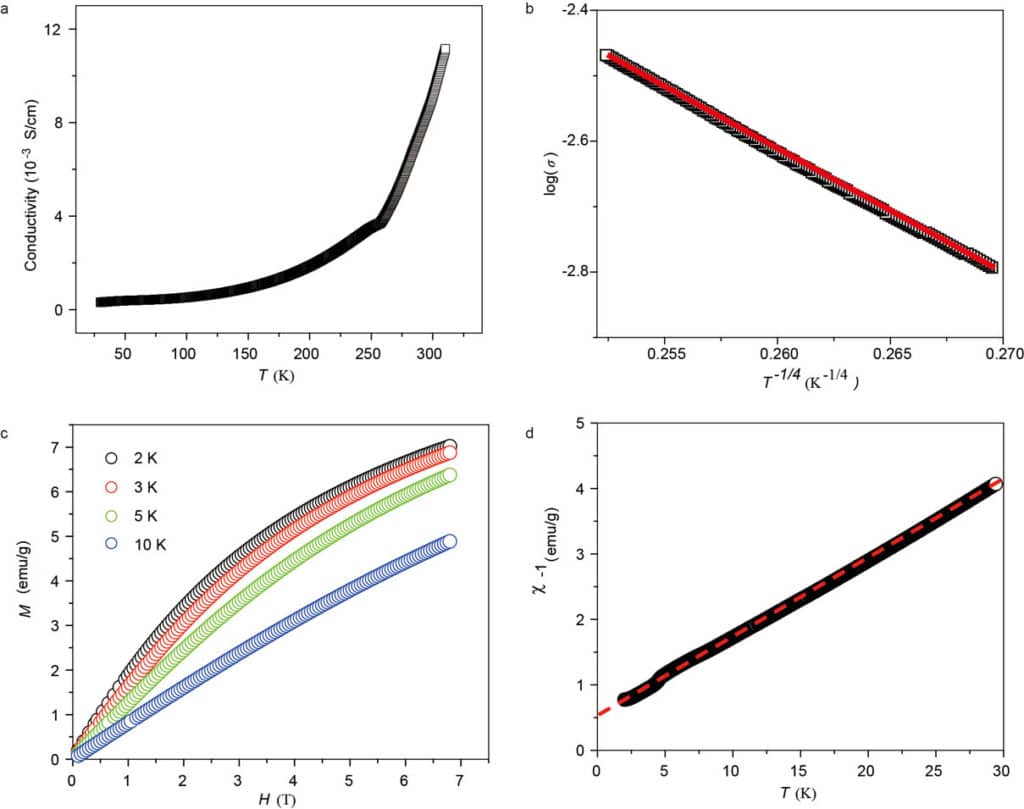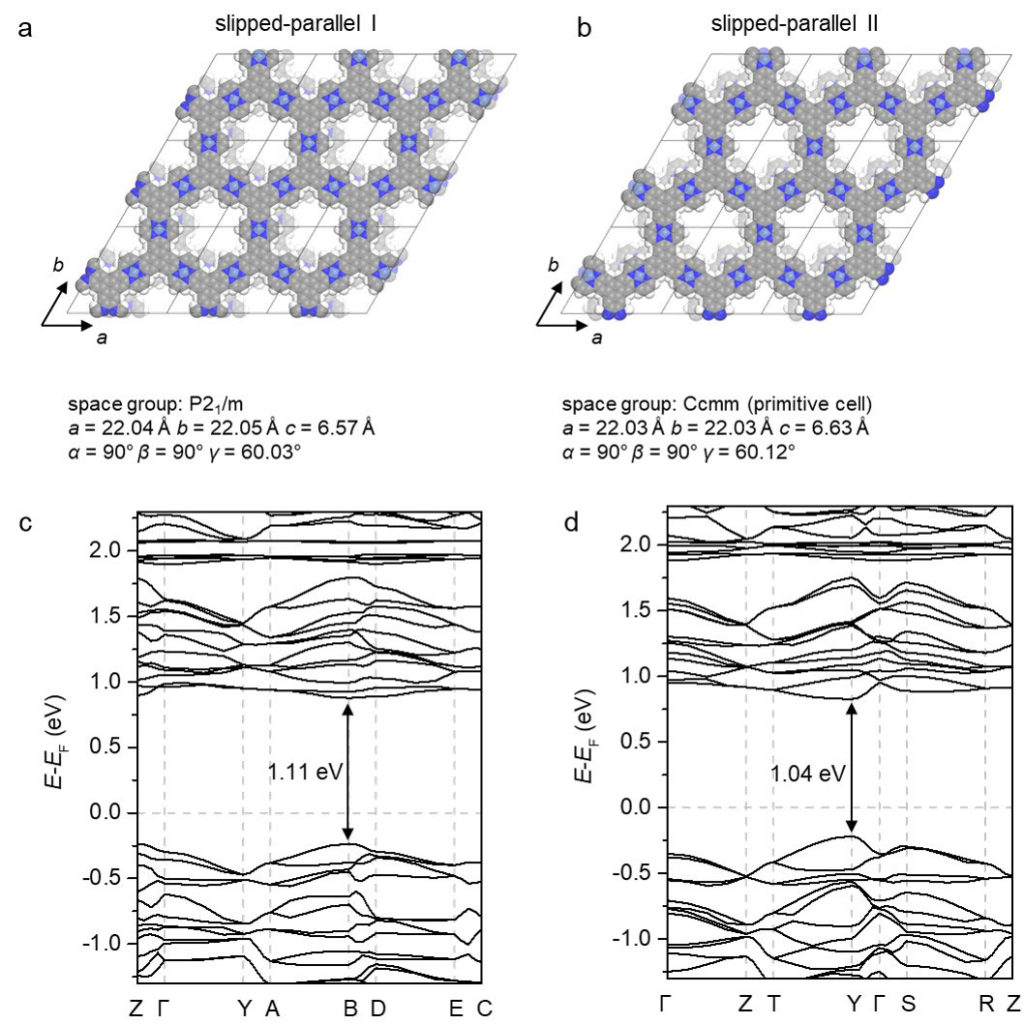A group of scientists at UNIST has recently come up with their innovation that may have a valuable contribution to optoelectronics, photovoltaics, (photo)electrocatalysis, and energy storage. Scientists have developed the synthesis of a novel type of 2D metal-organic framework (MOF) with unusual electrical conductivity and magnetic properties.
Metal-organic frameworks (MOFs) are a class of crystalline materials that consist of coordination bonds between transition-metal cations and multidentate organic linkers. The structure of MOFs is characterized by an open framework that can be porous (porous materials).

IBS researchers in collaboration with the School of Materials Science at the Ulsan National Institute of Science and Technology (UNIST) designed and synthesized Ni(II) tetraaza[14]annulene-linked MOF (NiTAA-MOF), where the metal component is nickel and the nickel tetraaza[14]annulene molecules are used as MOF building blocks for the first time.
During the study, scientists doped the MOF with iodine and found that iodine changes its conductivity and magnetism. The insulating bulk NiTAA-MOF exhibits an electrical conductivity of 0.01 S/cm at 300 K, demonstrating the vital role of ligand oxidation in the electrical conductivity of 2D MOFs.

During the study, scientists doped the MOF with iodine and found that iodine changes its conductivity and magnetism. The insulating bulk NiTAA-MOF exhibits an electrical conductivity of 0.01 S/cm at 300 K, demonstrating the vital role of ligand oxidation in the electrical conductivity of 2D MOFs.
The results show that the ligand oxidation plays a vital role in the electrical conductivity of some 2D MOFs. Scientists noted that the results provide detailed insights into the origin of electrical conductivity in this type of MOF.
What’s more, scientists also checked how this material becomes magnetized in an applied magnetic field. For this, they performed Magnetization estimations and showed that iodine-doped NiTAA-MOF is paramagnetic, that is, it is weakly attracted by an external magnetic field, and becomes antiferromagnetic at shallow temperatures.
Meanwhile, it could become useful as a polarizing agent in dynamic nuclear polarization-nuclear magnetic resonance (DNP-NMR) that are used in experiments for material characterization.
The 2D MOF structure was also modeled through detailed calculations and analyzed by a variety of methods, such as X-ray diffraction, infrared, X-ray photoelectron, diffuse reflectance UV-vis, electron paramagnetic resonance, and Raman spectroscopies.
Professor Ruoff, one of the corresponding authors of this study and UNIST professor, said, “Our work can contribute to the fundamental understanding of structure-property relationships in 2D electrically conductive MOFs, and may pave the way to develop new electrically conductive MOFs. Besides, the as-synthesized and iodine-doped NiTAA-MOF might be applicable in catalase mimics, catalysis, and energy storage.”
![mof1 Chemical structure of iodine-doped Ni(II) tetraaza[14]annulene-linked MOF (NiTAA-MOF). While NiTAA-MOF is an insulator, the oxidized molecule acquires electrical conductivity and paramagnetism.](https://www.techexplorist.com/wp-content/uploads/2019/11/mof1-696x629.jpg)